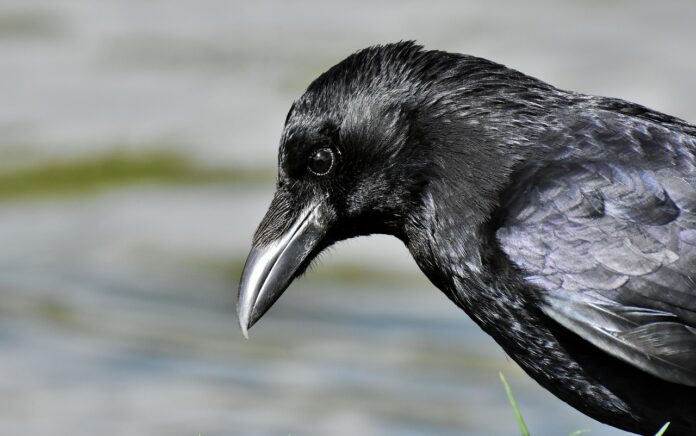Introduction to Crow Behavior and Intelligence
Crows are among the most fascinating creatures in the animal kingdom. Known for their deep intelligence, problem-solving skills, and complex social lives, these birds continue to intrigue scientists and laypeople alike. One of their most mysterious behaviors is “Crow Death Rituals,”—where they gather in large numbers around a dead member of their species.
Why do they do this? Are they mourning? Investigating? Warning others? In this article, we’ll explore the compelling science, folklore, and evolutionary purpose behind crow death rituals and why crows gather around their dead.
Death in the Animal Kingdom
Reactions to Death in Other Animals
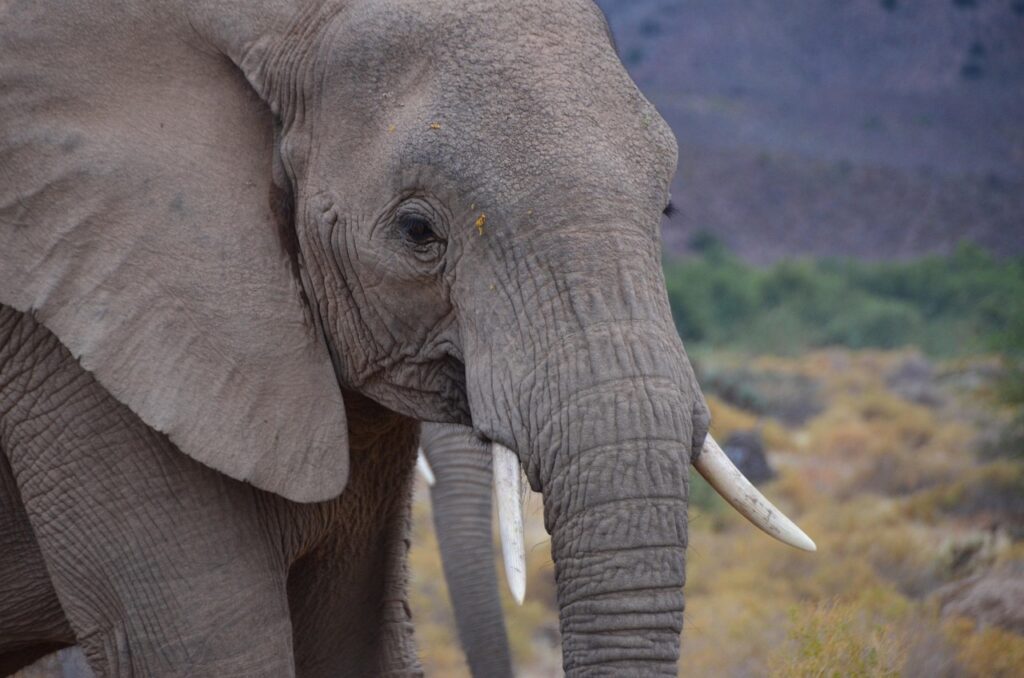
Death is a natural part of life, and various animals respond to it in different ways. Elephants have been observed touching the bones of deceased relatives with their trunks. Dolphins support dead calves at the surface of the water. Even ants remove their dead from the colony in a process known as necrophoresis.
Comparing Animal Mourning Behaviors
Compared to mammals, birds are often thought to be less emotional. But crows challenge this notion. Their behavior around the dead is more complex than simple instinct—it involves observation, learning, and social signaling, all of which point to higher cognition.
Observing Crow Death Rituals
What Happens When a Crow Dies

When a crow dies, something fascinating occurs. Other crows in the vicinity begin to caw loudly and gather near the body. This isn’t a casual interest—they engage in specific, collective behavior that resembles mourning or investigation.
Gathering Around the Deceased
These gatherings can draw dozens of crows. They may perch silently nearby, or they may scream and dive. Often, they do not touch the body. The intensity of their actions makes this event feel ritualistic, almost ceremonial, which has sparked both scientific inquiry and cultural interpretation.
The Role of Learning and Communication
Crows as Observational Learners
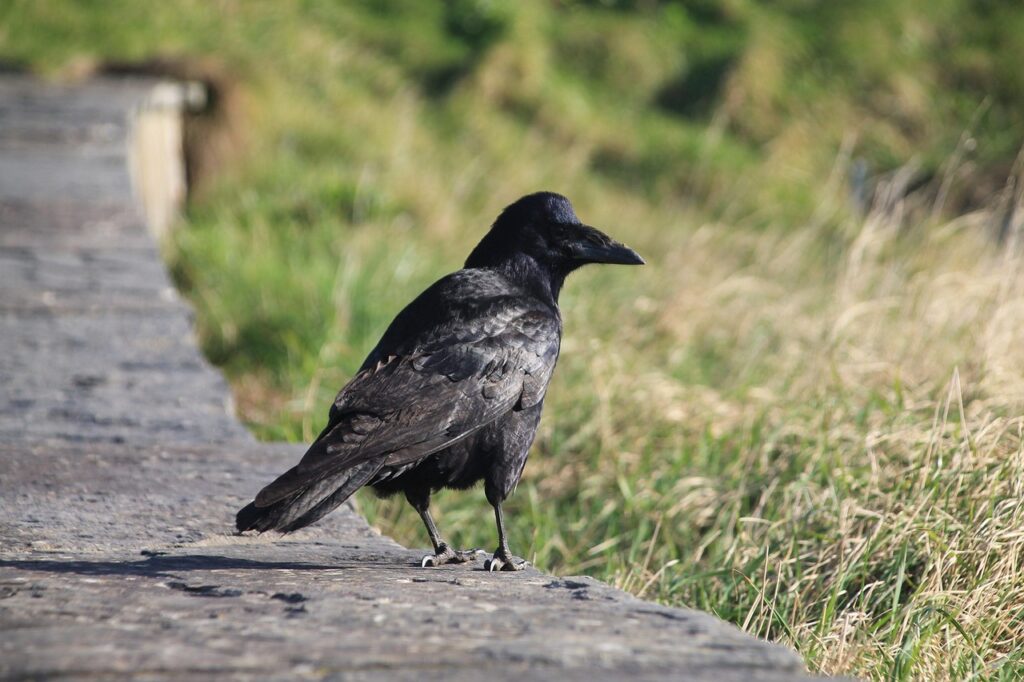
Crows learn by watching. When one of them dies, others may come not only out of concern but also to study the situation. Was the death caused by a predator? A human trap? They analyze the scene for clues.
Warning Systems and Predator Recognition
One major function of these death rituals is threat assessment. Crows use the death of a peer as a learning opportunity to avoid danger. In experiments, crows remembered faces of people associated with killing a fellow crow and would later mob or avoid those individuals.
Scientific Studies on Crow Death Gatherings
Key Experiments by Avian Researchers
Researchers like Kaeli Swift and John Marzluff at the University of Washington have conducted groundbreaking studies on this topic. By placing dead crows near human observers wearing specific masks, they showed that crows not only remember threats but teach others about them.
Evidence of Funeral-Like Behavior
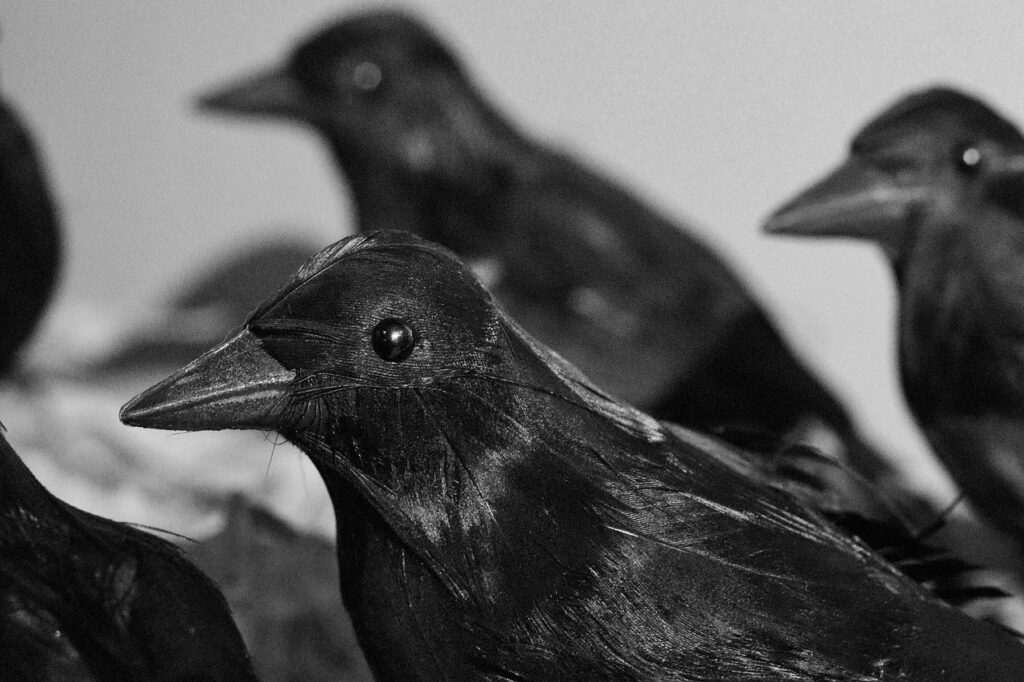
Though it may look like mourning, these rituals serve multiple purposes: identifying threats, communicating danger, and perhaps emotional processing. While we can’t definitively say crows grieve like humans, their behavior shares many parallels.
Evolutionary Purpose Behind the Rituals
Learning About Threats
From an evolutionary standpoint, gathering around a dead crow helps others learn how to avoid similar fates. It’s survival education in action.
Strengthening Group Safety
By acting collectively, crows reduce individual risk. The group learns together, remembers predators, and adjusts behavior as a community, which increases their chances of long-term survival.
Are Crows Mourning Their Dead?
Emotional Intelligence in Birds
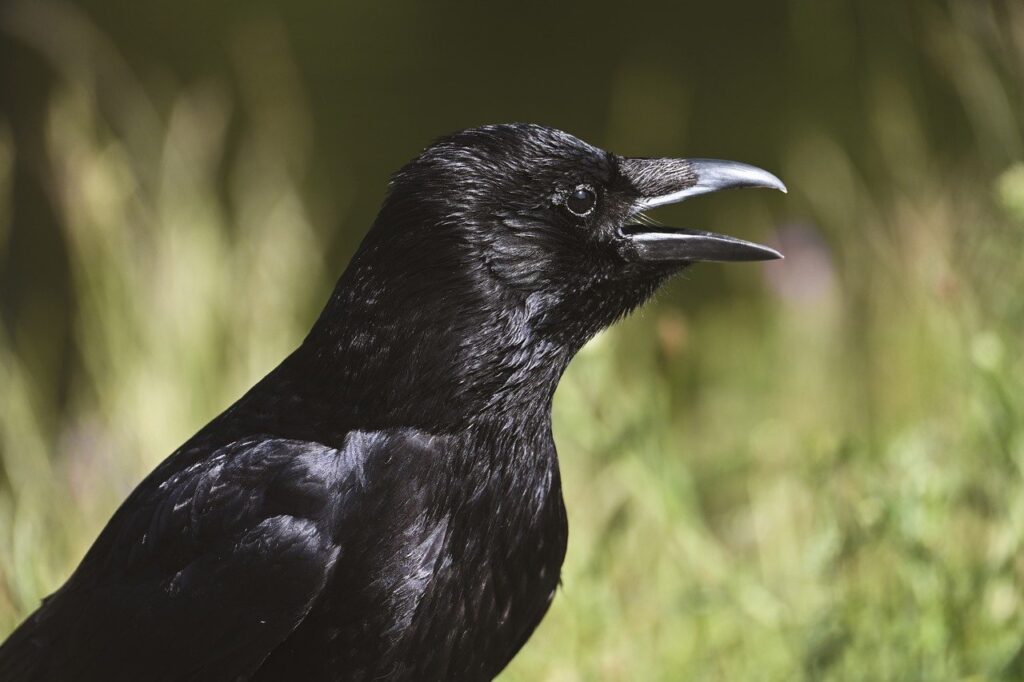
While it’s easy to label their behavior as grief, scientists caution against anthropomorphism. However, it’s clear that crows feel something—fear, perhaps sorrow—and act in ways that reflect emotional processing.
Anthropomorphism in Animal Interpretation
Humans often project our emotions onto animals. But that doesn’t mean animals lack emotional capacity. Crows may not mourn like we do, but their actions show awareness, learning, and deep social connection.
Cultural Interpretations of Crow Death Rituals
Crows in Folklore and Mythology
Across many cultures, crows are symbols of death, transition, and mystery. In Celtic mythology, they are linked to the goddess Morrigan. In Native American lore, they’re often messengers or tricksters.
Symbolism of Death and Omens
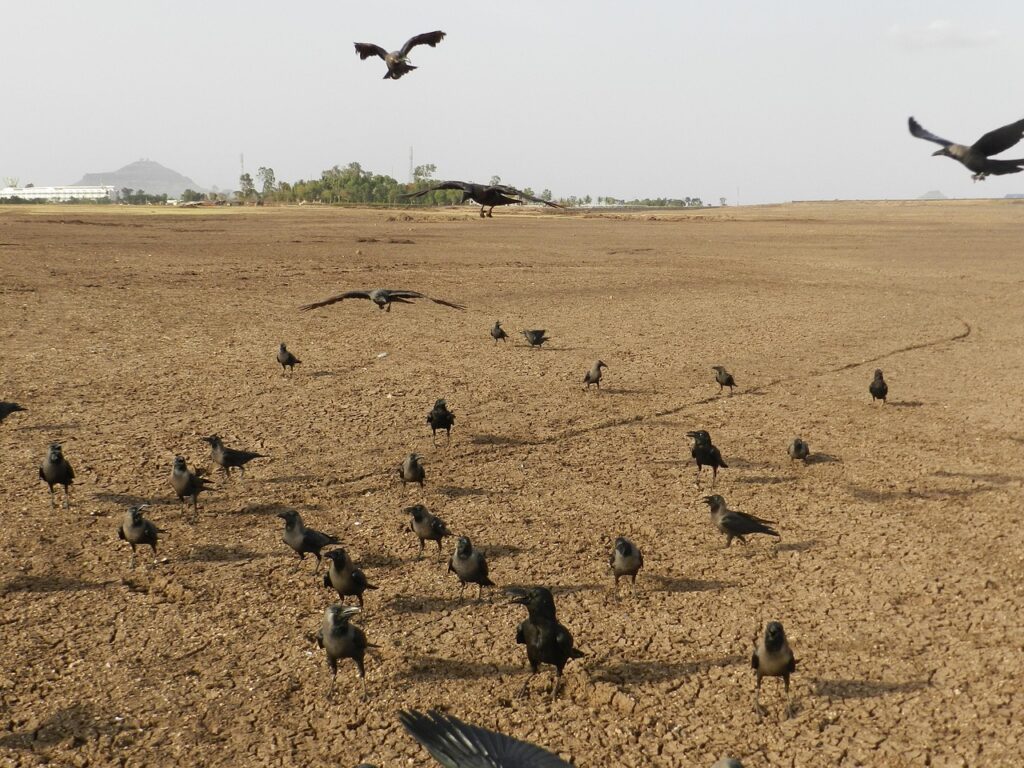
Seeing a group of crows—especially gathered around the dead—has long been interpreted as a bad omen. While the science explains much, these deep-rooted beliefs still influence how people perceive crow gatherings.
Crow Memory and Facial Recognition
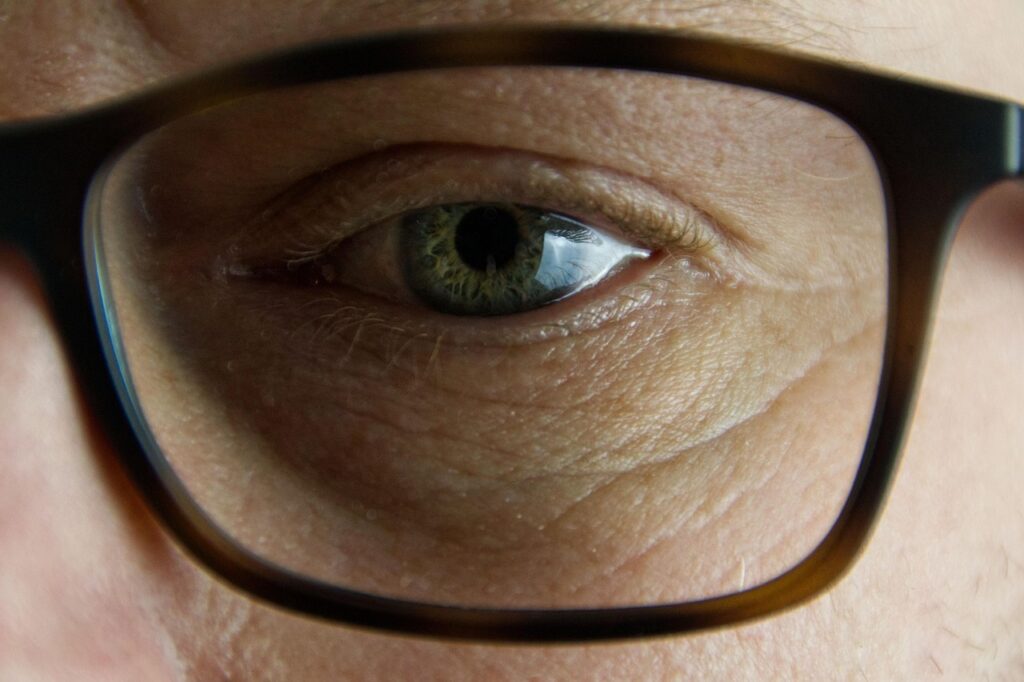
Remembering Threats
Crows can remember human faces for years. If a person harmed one of their own, the group may continue to scold and dive at that individual long afterward.
Passing Knowledge Across Generations
What’s more amazing? Crows pass this information on. Young crows learn from older ones whom to avoid and how to respond to threats, keeping the knowledge alive across generations.
Other Examples of Avian Mourning
Parrots, Jays, and Magpies
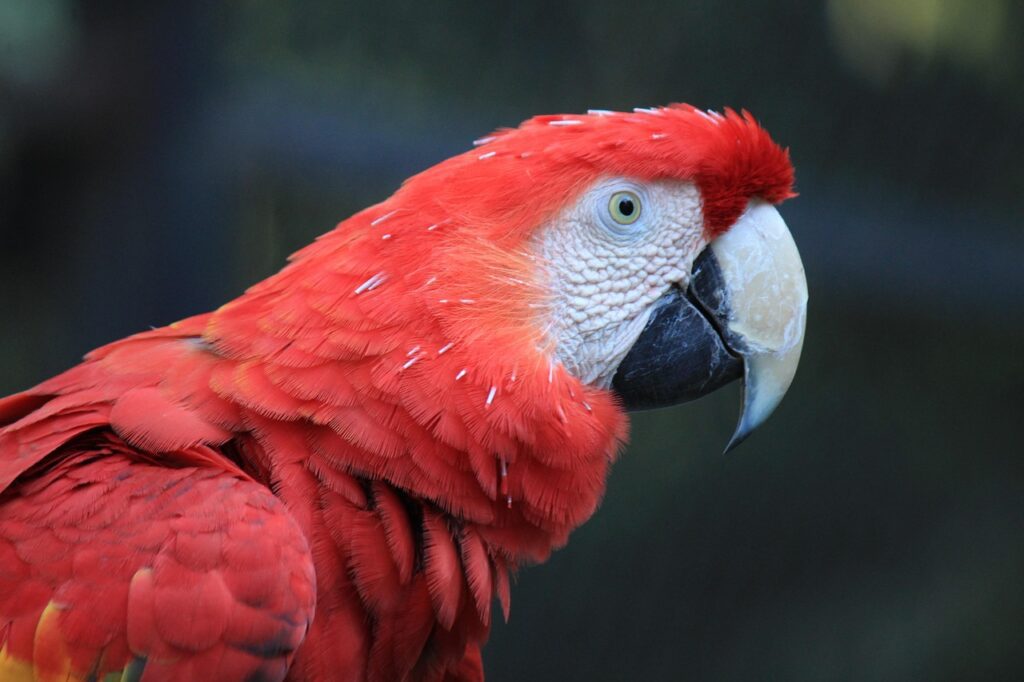
Like crows, some other birds also show signs of mourning. Jays have been seen gathering around dead kin, and parrots often show distress when their mates die.
How Do They Compare to Crows?
Crows still stand out for their highly social and investigative approach. Their rituals seem not only emotional but practical—a mix of memory, fear, and teaching.
Urban vs. Wild Crow Rituals
Behavior Differences in Cities
Urban crows have adapted uniquely to city life. Their death rituals in urban settings may appear more cautious and shorter due to the constant presence of humans and environmental noise. However, they still gather, observe, and communicate, often doing so from rooftops, telephone poles, or power lines.
In wild environments, their rituals can be more intense and drawn-out, with fewer interruptions. They often circle overhead, land closer to the deceased, and display stronger vocalizations.
Adaptation to Human Environments
Urban crows have also developed an incredible ability to discern human behavior. They know when people are ignoring them and when they are a threat. When a crow dies due to a human-related event—such as traffic or poisoning—other crows take notice and often avoid those zones or associate them with danger.
Human Reactions to Crow Gatherings
Misconceptions and Superstitions
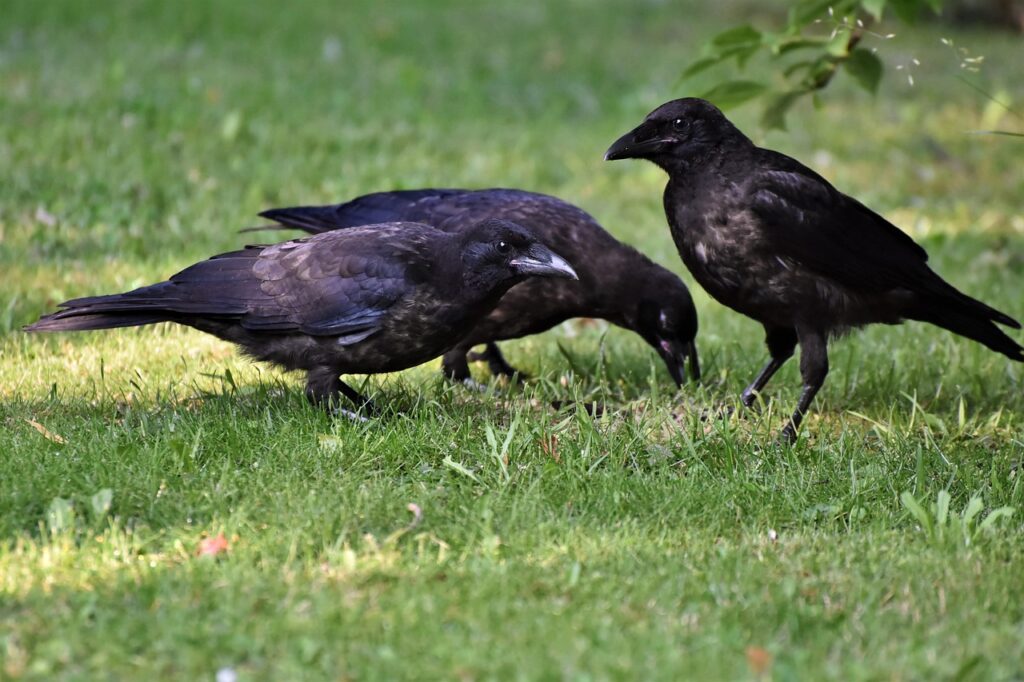
To the untrained eye, a group of noisy crows around a dead bird can seem eerie or even supernatural. Some cultures interpret such gatherings as omens of death, sickness, or bad fortune. These beliefs have persisted for centuries and still influence how people react today.
However, as science explains more about crow behavior, we can better understand these birds not as harbingers of doom, but as intelligent animals trying to protect one another.
Public Fascination with Crow Behavior
Thanks to platforms like YouTube and social media, videos of crow rituals have gone viral. This has sparked renewed interest in avian intelligence and ethology (the study of animal behavior). People now view crows with more curiosity and respect, rather than fear.
Ethical Bird Watching and Respectful Observation
Dos and Don’ts When You See Crow Rituals
If you ever come across crows gathering around a dead peer:
- Do not disturb them—this is a critical learning moment.
- Observe from a distance using binoculars or a camera.
- Do not remove the body immediately unless it’s in a hazardous area.
- Avoid feeding them near the body—it confuses their social behavior.
Contributing to Citizen Science
Your observations can help researchers. Programs like Cornell Lab’s eBird allow citizens to report bird behavior. Documenting crow death rituals can contribute to broader studies of avian learning, memory, and communication.
FAQs About Crow Death Rituals
Why do crows scream around dead bodies?
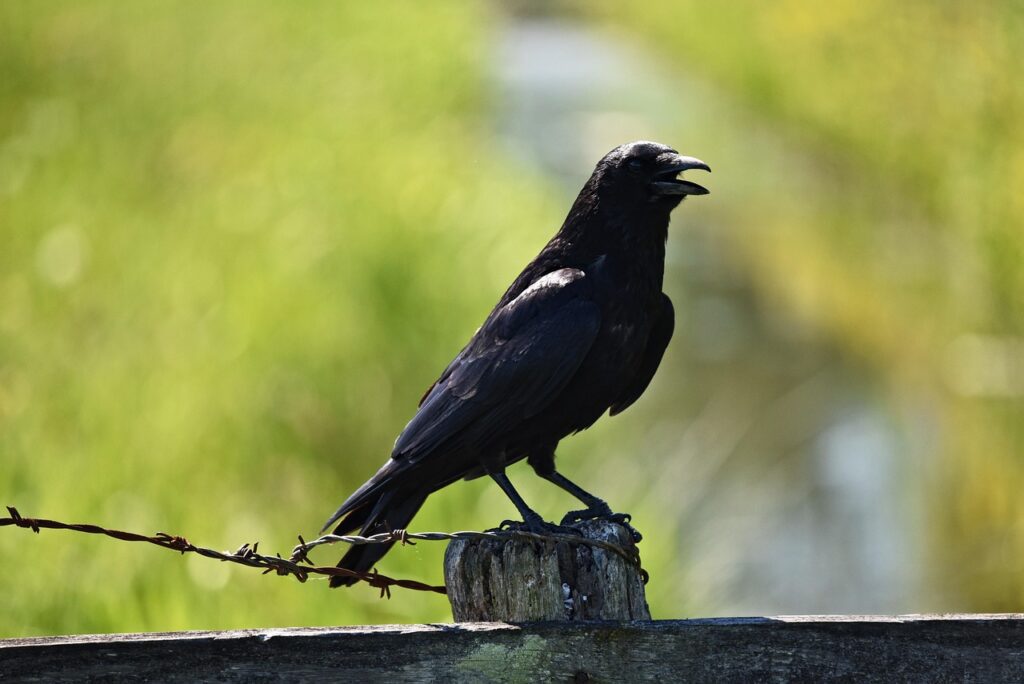
Crows scream or caw loudly around dead crows to alert others of potential danger. This vocalization is part of their social alarm system and helps teach others to avoid the area.
Do crows hold funerals?
While not funerals in the human sense, crows do hold gatherings that resemble them. These are often educational and communicative events, helping the group assess threats and remember dangers.
How long do these rituals last?
Crow death gatherings can last from a few minutes to several hours, depending on the environment and the cause of death. Once the crows feel they’ve assessed the situation, they usually disperse.
Do crows come back to the site of death?
Yes, crows have excellent memory. They may revisit a site multiple times to check for further dangers or to see if other birds return.
Can crows recognize individual humans?
Absolutely. Crows are known for their facial recognition skills. If a human was involved in harming a crow, others may remember and avoid or mob that person—even years later.
Is it okay to bury a dead crow?
If you find a dead crow, it’s best to leave it alone unless it’s in a dangerous spot. If removal is necessary, use gloves and dispose of it according to local wildlife guidelines. Avoid touching it bare-handed to prevent disease transmission.
Conclusion: What We Learn From Crows
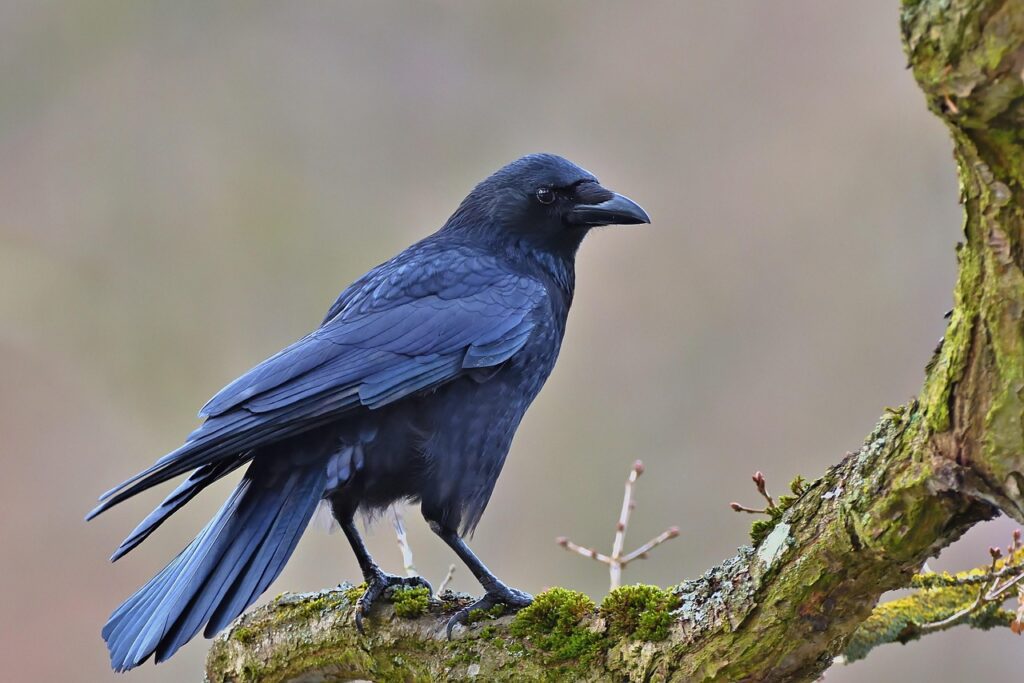
Crow death rituals are more than eerie displays—they are profound examples of intelligence, social bonding, and adaptive behavior. These birds teach us that animal emotions and learning are far more complex than previously believed. From honoring their dead to educating the living, crows demonstrate a depth of awareness that rivals many mammals.
Understanding their rituals helps us appreciate not just the crow, but the intricate web of life that connects all living beings. In their mourning, learning, and communication, crows remind us of our own human rituals—and perhaps, how nature isn’t so different from us after all.

